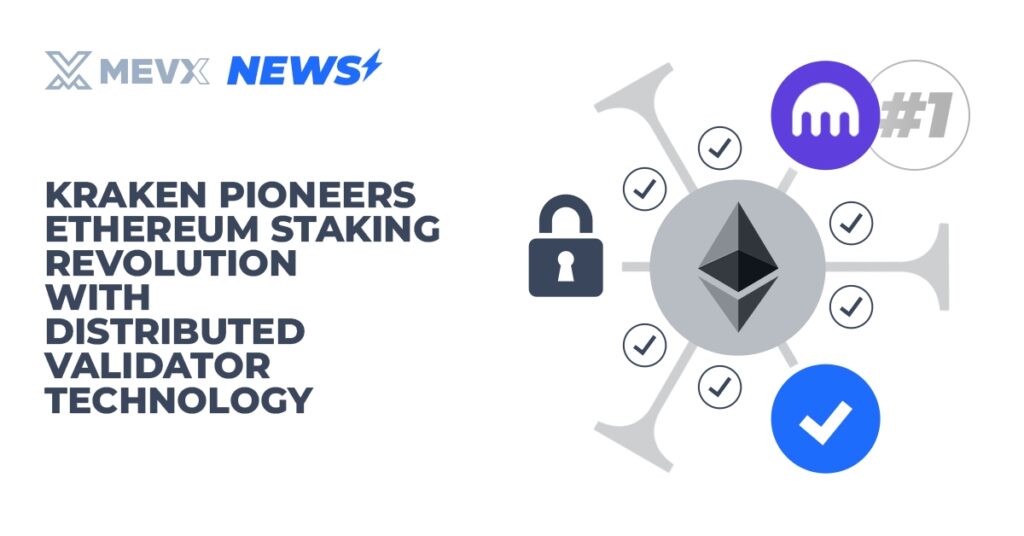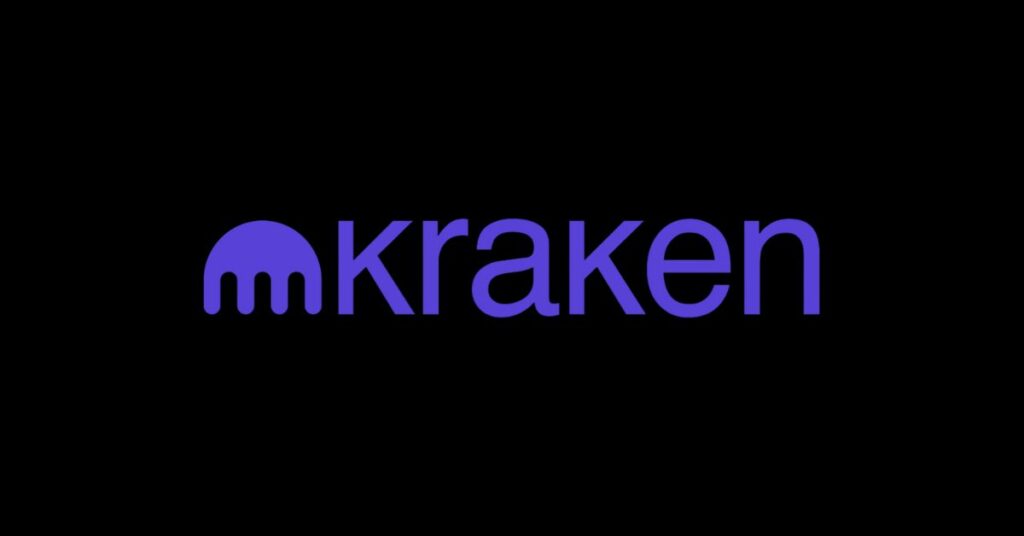Kraken has become the first major exchange to fully integrate Distributed Validator Technology (DVT) across its entire Ethereum staking infrastructure. This move leverages SSV Network’s innovative DVT to enhance security, performance, and decentralization in Ethereum staking.

As Ethereum continues to solidify its position as a foundational blockchain for decentralized finance, this integration could pave the way for broader institutional adoption.
What Happened with Kraken’s Ethereum Staking Upgrade?
Kraken, a leading cryptocurrency exchange, completed the migration of all its Ethereum validators to DVT clusters provided by SSV Network. This is unprecedented; no other major platform has achieved a 100% shift to this decentralized setup.
Previously, validators often ran on single machines, creating vulnerabilities. Now, with DVT, validator duties are distributed across multiple independent nodes, minimizing risks and boosting reliability.
Key Benefits of DVT in Ethereum Staking
This technology addresses core challenges in traditional staking models. Here’s how it transforms Ethereum staking:

- Enhanced Uptime: By spreading operations over clusters, DVT ensures validators stay online even if individual nodes fail, reducing downtime significantly.
- Improved Security: Decentralized distribution eliminates single points of failure, making the system more resilient against attacks or hardware issues.
- True Fault Tolerance: Validators can handle faults without slashing penalties, maintaining network integrity for stakers.
- Scalability for Institutions: Aligns with enterprise standards, allowing large-scale staking without compromising decentralization.
Why This Matters for Institutional Ethereum Staking
For institutional investors, reliability is paramount. Staking of Ethereum has grown rapidly, but concerns over centralization and downtime have hindered TradFi entry. Kraken’s adoption demonstrates that DVT can bridge this gap, turning staking of Ethereum from a retail-focused activity into an “institution-ready” infrastructure.
SSV Network, which powers this, already secures over 125,000 validators and more than $18 billion in Total Value Locked (TVL). With recent Ethereum upgrades like the May 2025 Pectra hard fork enabling higher staking limits (up to 2,048 ETH per validator), DVT positions Ethereum to handle billions in capital more securely.
This isn’t just a technical tweak; it’s a signal that centralized exchanges can thrive on truly decentralized tech, strengthening Ethereum’s overall ecosystem.
Curious about how Ethereum staking will evolve next? Follow our MevX blog for the latest blockchain insights and stay ahead of the curve!
Share on Social Media:
